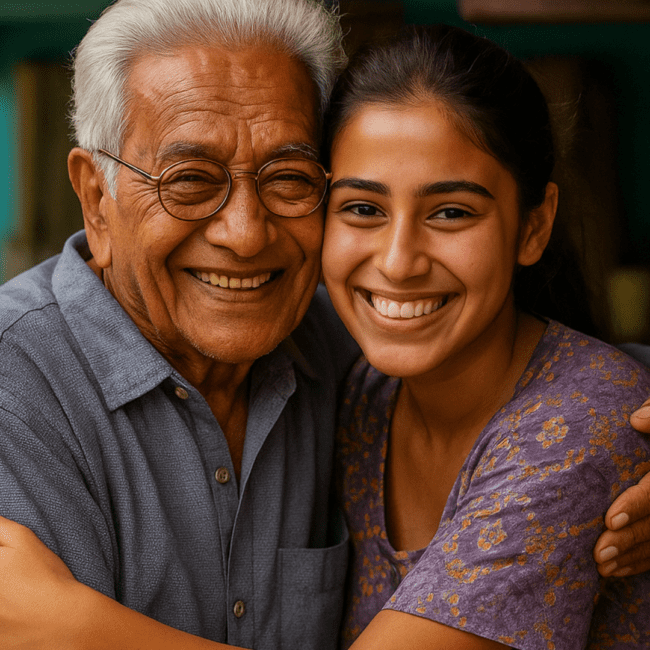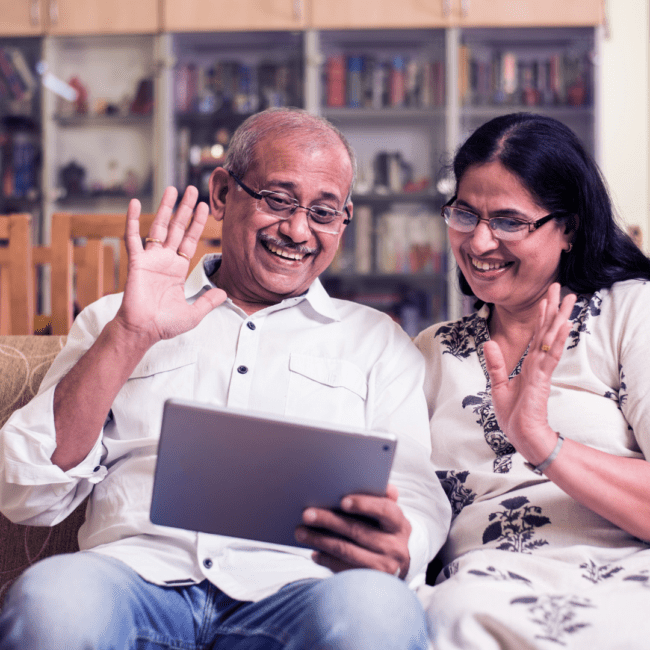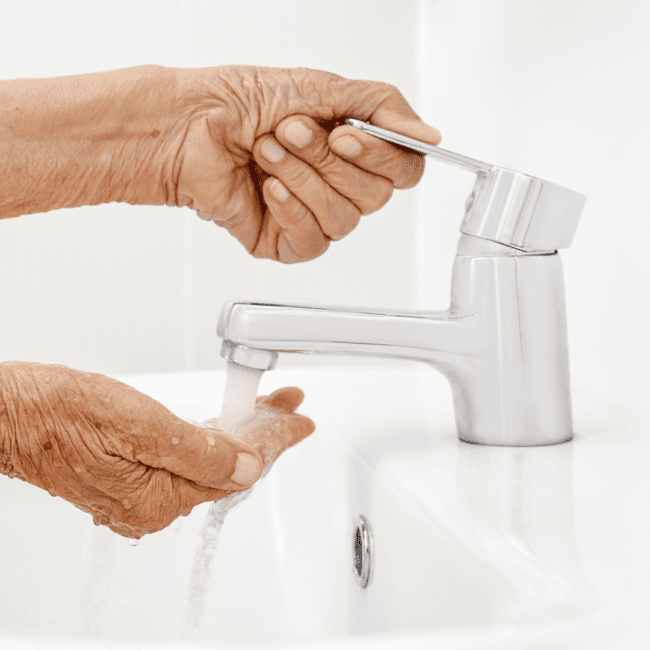As caregivers, there’s nothing more unsettling than the thought of our ageing parents slipping or falling when we’re not around. Whether we live nearby or across continents, the worry is real, and so is the sense of responsibility. The good news? With a few practical changes around the house and the right kind of movement, we can help our parents stay safe, confident, and independent.
In this blog, we’ll walk you through simple home modifications and easy exercises that go a long way in preventing falls, because a safer home (and body) means fewer hospital visits and more peace of mind.
Why Fall Prevention Matters?
Falls are not just part of getting older; they’re often preventable. But when they do happen, the consequences can be serious: broken bones, hospital stays, or even a long-term loss of independence. For families, it can also mean emotional stress and unexpected financial burdens.
That’s why prevention is always better than a cure. A few adjustments today can save a lot of trouble tomorrow and offer your loved ones a much better quality of life.
Spot the Danger Zones at Home
Before you can fix anything, you need to know what to look for. Certain areas in the home are more prone to causing falls:
- Bathrooms with wet, slippery floors
- Staircases without handrails or proper lighting
- Bedrooms with rugs, loose wires, or hard-to-reach switches
- Kitchens with spills or cluttered walkways
- Hallways with poor lighting or obstacles
Doing a quick fall risk assessment is a good first step. You can do this yourself using online checklists, or bring in a professional for a more detailed evaluation.
Simple but Effective Home Modifications
Small tweaks can make a big difference. Here are some easy wins:
Worried about your Elderly parents back home?
Call us today to arrange Care Like Son and Daughter™.
- In Bathrooms: Install grab bars near the toilet and inside the shower. Use non-slip mats and consider a raised toilet seat.
- Stairways: Add sturdy handrails on both sides and improve lighting. Tape down or remove rugs at the top or bottom of stairs.
- Living Areas: Declutter pathways, tuck away cords, and use anti-slip pads under carpets.
- Bedrooms: Add a night light and make sure switches are within reach. Adjust bed height if it’s too high or too low.
- General Tips: Use furniture with armrests for easier sitting/standing. Keep frequently used items within easy reach to avoid stretching or climbing.
These changes don’t require a full renovation, just a little intention and care.
Lighting Makes a Big Difference
Good lighting can prevent late-night stumbles. Ensure that:
- Pathways inside and outside the home are well lit.
- Motion-sensor lights are placed in hallways and bathrooms.
- Night lights are added near the bed and in common areas.
Use this as a checklist: walk around your parents’ home at night and see where shadows fall or bulbs are missing. Fix those first.
Exercises to Improve Strength and Balance
Falls aren’t just about the environment; our bodies play a part, too. As we age, balance, strength, and flexibility decline. But the right kind of movement can help your parents regain control and confidence.
Here are some safe and senior-friendly exercises:
- Balance: Try standing on one foot (holding a chair if needed), or doing a heel-to-toe walk.
- Strength: Chair squats and wall push-ups are easy to start with.
- Flexibility: Gentle stretches, especially for the legs and back, help improve mobility.
- Endurance: A daily walk or beginner-friendly yoga can make a big difference.
Start small, just 15–20 minutes a day, three to five times a week, and always check with a doctor before starting a new routine.
When to Involve a Professional
If your parent has already had a fall or struggles with balance, it’s wise to bring in the experts.
- Physiotherapists can design strength and balance programmes tailored to your parents’ needs.
- Occupational therapists help with home safety and mobility aids.
- Geriatric care teams, like those at Samarth, can support with holistic fall prevention strategies, especially if you live far away.
Tech Tools and Aids for Extra Support
Technology can be a real game-changer when it comes to elder safety:
- Fall detection devices and medical alert systems can send instant help alerts.
- Smart home tools, like automatic lights, voice-activated devices, and video doorbells, reduce risks and increase independence.
- Mobility aids, such as walkers, canes, and proper footwear, are equally important.
For families supporting ageing parents from a distance, integrating such tech tools can make everyday living both safer and more manageable.
Conclusion: A Safer Tomorrow Starts Today
Helping your parents avoid falls doesn’t require a dramatic overhaul. It’s about being proactive, taking small steps, making thoughtful changes, and encouraging daily movement. When you create a safer environment and support their physical strength, you’re giving them more than just protection; you’re gifting them peace, freedom, and confidence.
So don’t wait for a fall to happen. Do a quick home check today. Because together, we can keep our loved ones steady, safe, and smiling.







